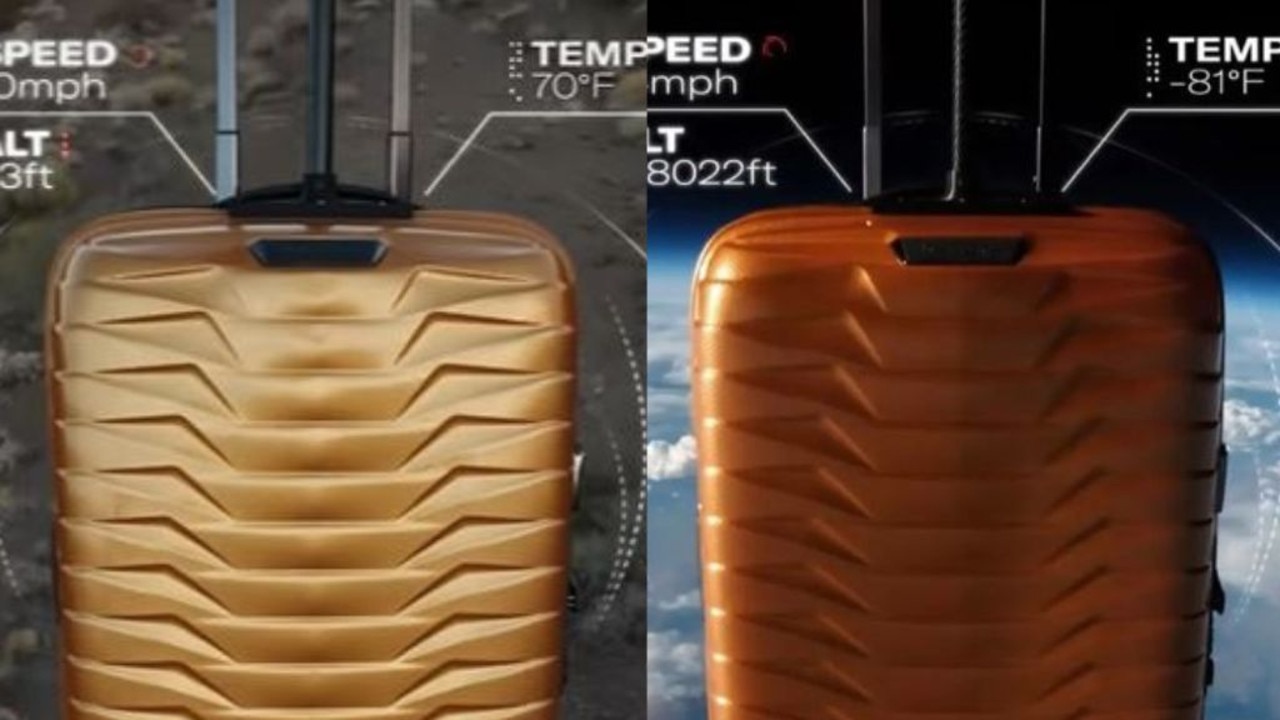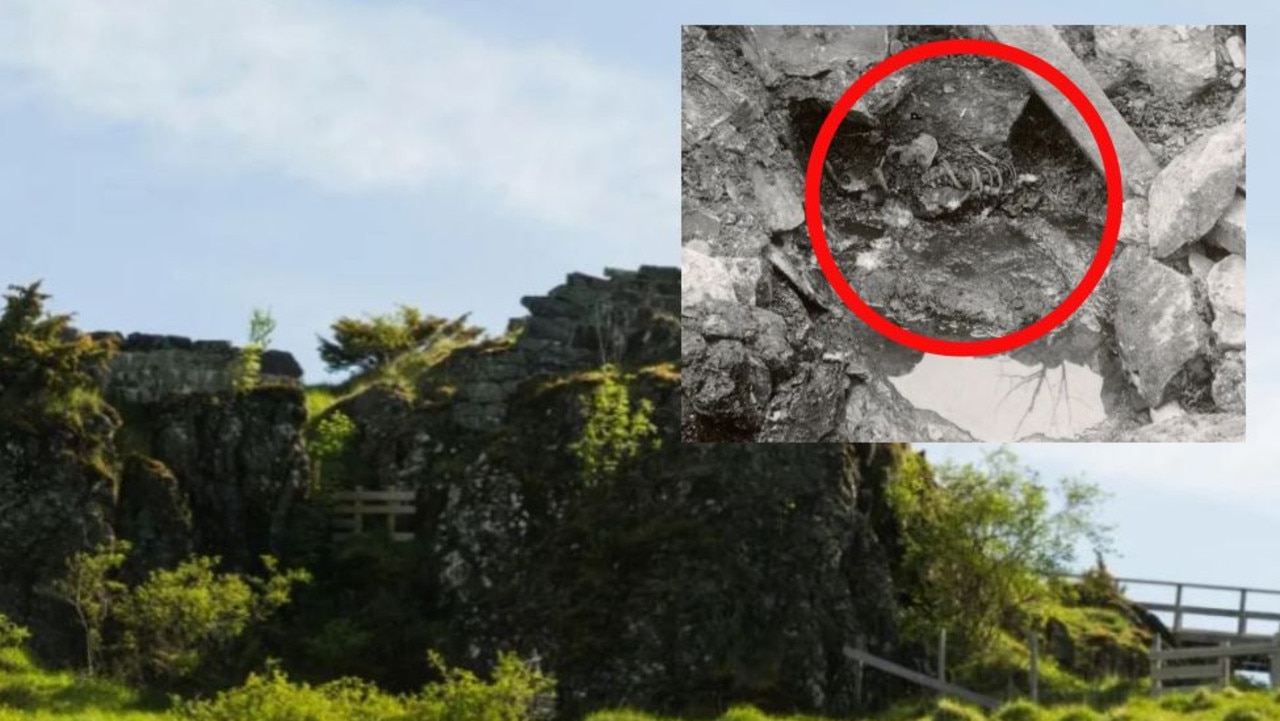New Zealand: ‘Dark’ town tourists can’t stop raving about
There’s a reason tourists are obsessed with this tiny town, describing it as unlike anything they’ve seen before.
New Zealand is undoubtedly one of the most picturesque countries in the world, boasting stunning scenery no matter where you are on the north or south islands.
But outside the usual suspects and popular tourists hotspots is a “dark” town travellers are learning more about — and can’t get enough of.
TikTok is awash with clips of KaikÅura, a coastal town on the South Island, a 2.5 hour drive from Christchurch known for its spectacular marine life. It’s also a great place to eat crayfish with plenty of clips showing tourists tucking into seafood.
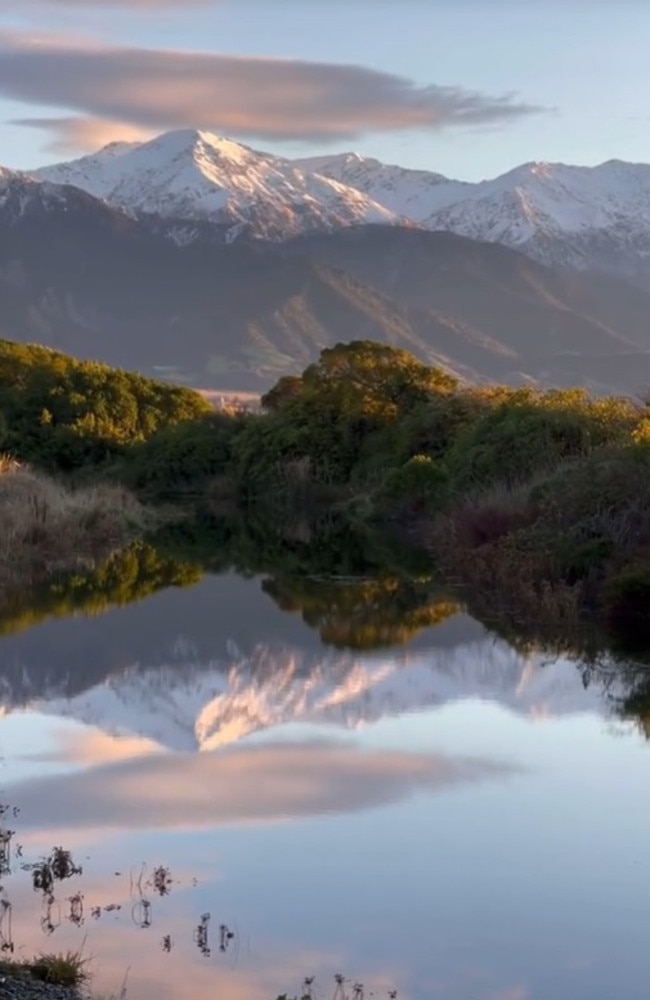
“Out of everywhere I've been in New Zealand so far, I think this is my favourite,” one traveller captioned a TikTok video.
Another described it as the “most surprising” location on their NZ trip.
“This quaint ocean town was the very last stop on our journey through the South Island, and it was enchanting. The wildlife was amazing, the ocean had a wild mountain backdrop, and the entire place felt ethereal at golden hour. Counting the days until I get the chance to come back.”
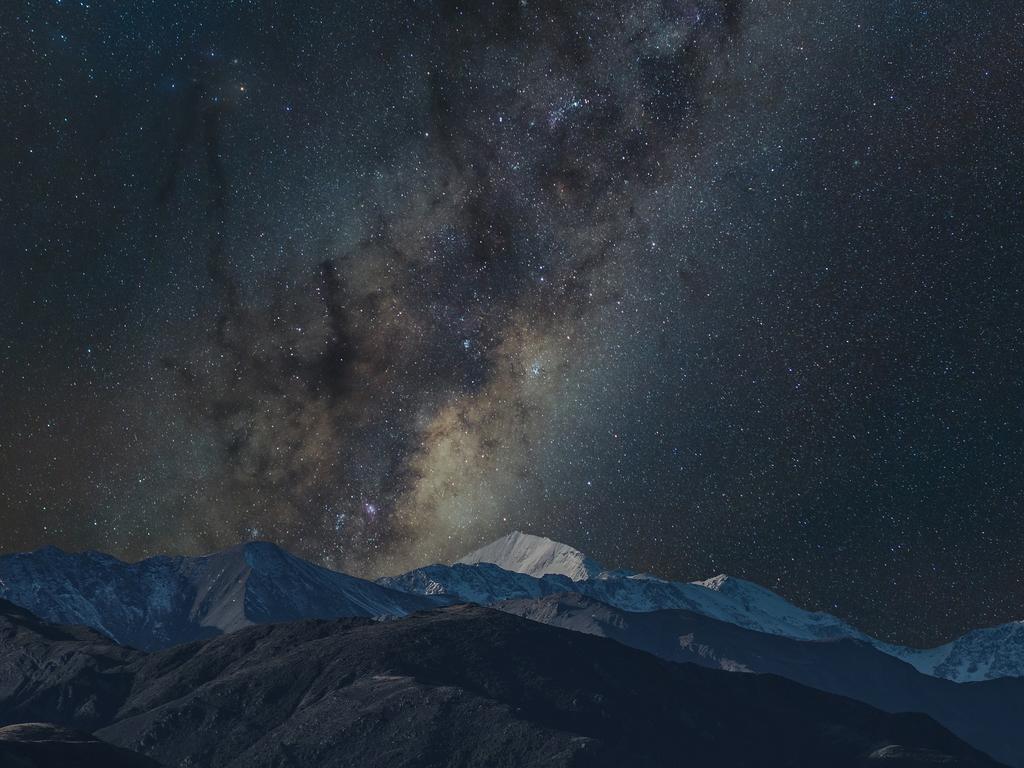
In the MÄori language ‘kai’ means food, ‘kÅura’ means crayfish.
The small town also boasts a spectacular night sky that has earned it a prestigious accolade. Its majestic mountains lie within two ranges rising straight from the Pacific Ocean — and if you look up at night, you’ll see a sky filled with stars, celestial wonders and a stunningly clear Milky Way.
KaikÅura celebrates pristine dark skies that have a sky quality measuring on average 21.58 magnitude per square arcsecond (mag/arcsec2) – and for this, last week it was officially designated as an International Dark Sky Sanctuary making it the 22nd location globally to earn this recognition.
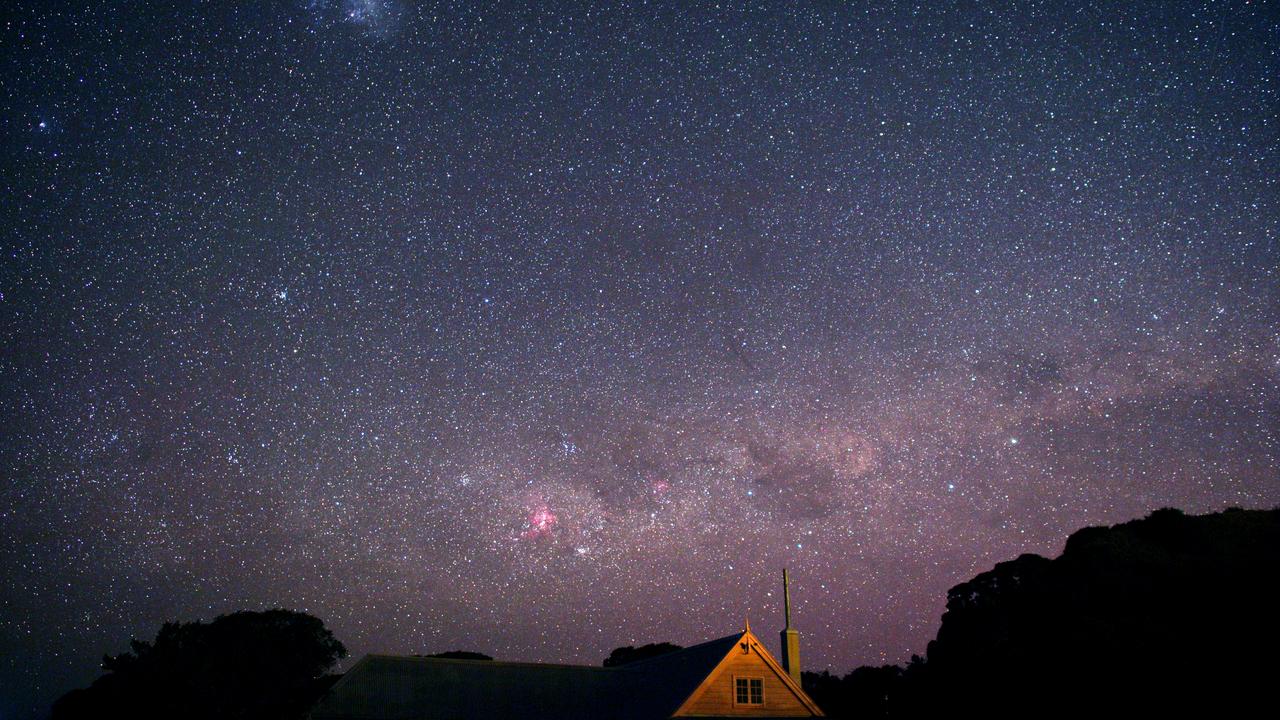
“Dark Sky Sanctuary status is awarded by Dark Sky International to sites that are considered ‘remote and fragile’,” Nalayini Brito-Davies, president of the Royal Astronomical Society of New Zealand and Vice President of the International Dark Sky Association, explained.
“These sites need to exhibit an exceptional level of darkness which comes from a minimal level of artificial light at night (ALAN).”
She said this minimal ALAN is the result of having a low number of streetlights with luminaries that have a warm (red) colour temperature (not cold blue like daylight).
“But it’s not enough to be dark now. The site needs to be protected from ALAN and future council regulations need to be put in place to control outdoor lighting.”
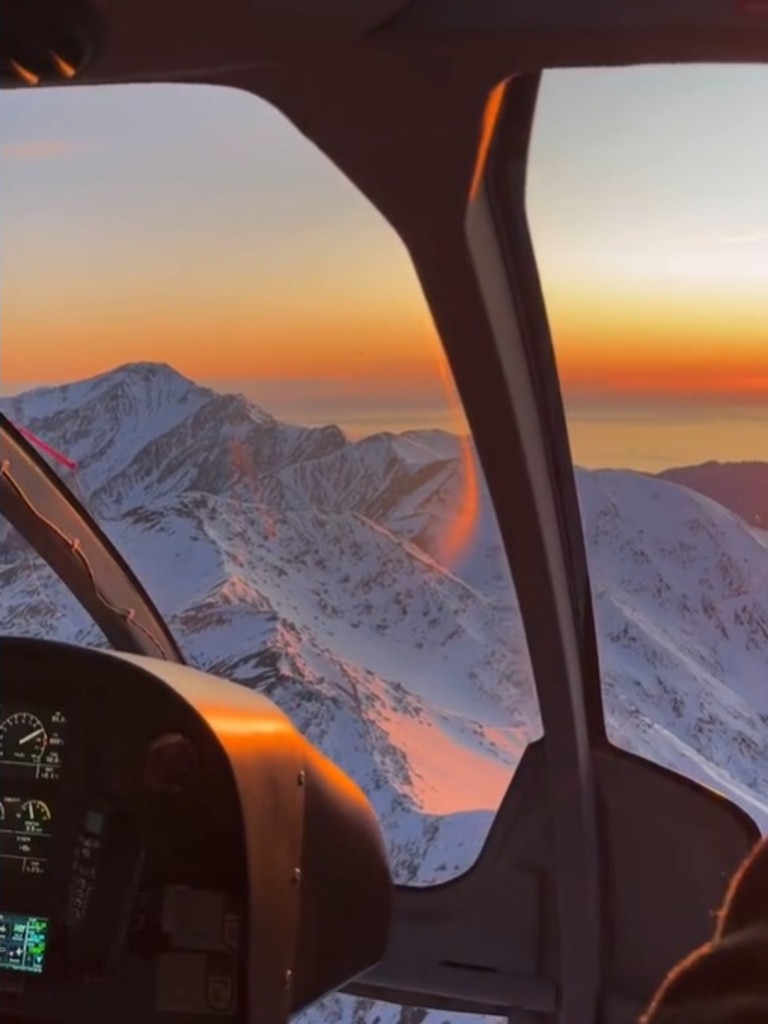
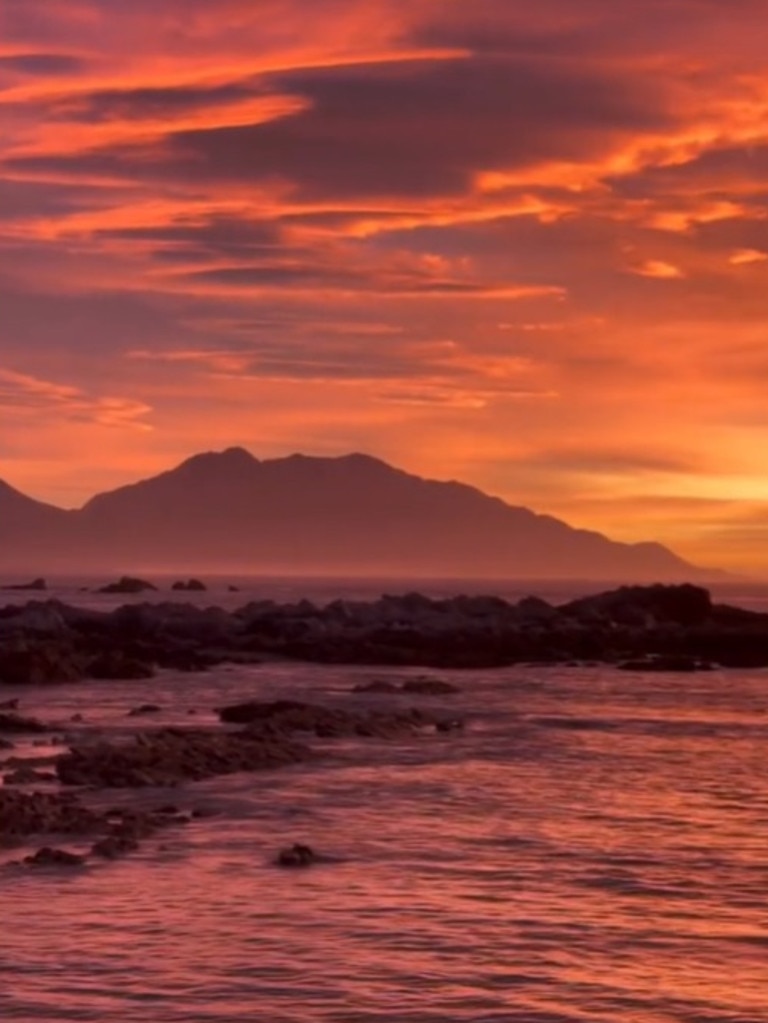
The new Dark Sky Sanctuary status means that locals and visitors to KaikÅura can enjoy the amazing starry night skies for generations to come.
KaikoÌ„ura is also home to the nationally endangered Hutton’s shearwater, the only seabird to breed in a subalpine environment, and the last two remaining wild breeding colonies in the entire world remain in the Seaward KaikoÌ„ura Ranges. KaikoÌ„ura is their last breeding place on Earth.
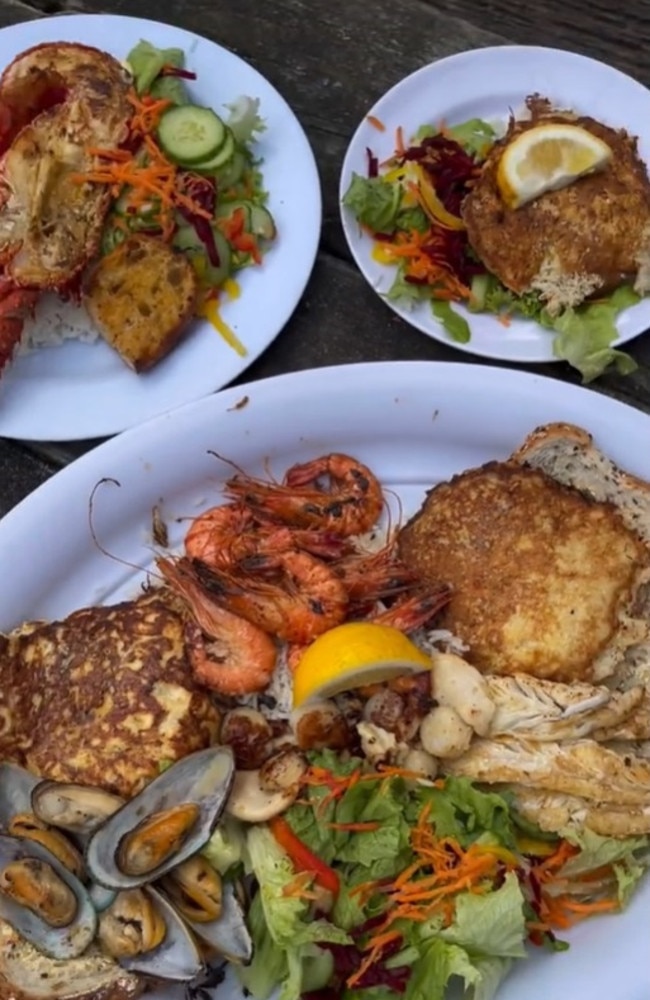
“It also means the endangered Hutton Shearwater has an improved chance of surviving and flourishing,” Ms Brito-Davies told news.com.au.
The Kaikōura Sanctuary covers 98 per cent of the local district (approximately 2,039 km2) with over half of the area under protection from the Department of Conservation.
“The night sky is deeply embedded in MÄori culture and tradition and is practised today,” Ms Brito-Davies explains.
“For example, the sighting of Matariki star cluster (Pleides) at dawn signals the start of the MÄori New Year, a time of celebration and reflection. Matariki became an official Public Holiday on 24 June 2022, in recognition of its cultural importance.”
KaikÅura is now the third New Zealand sanctuary alongside Aotea Great Barrier Island and Stewart Island/Rakiura.




